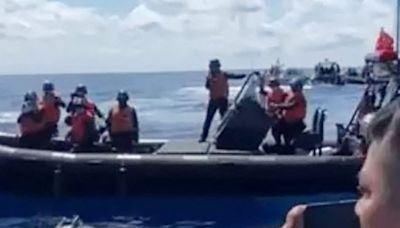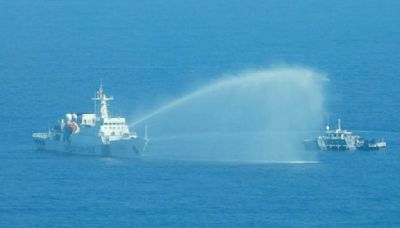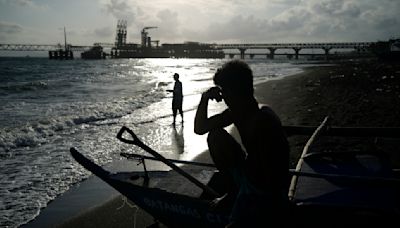Search results
There have been several names of the Philippines ( Filipino: Pilipinas, [pɪlɪˈpinɐs]; Spanish: Filipinas) in different cultures and at different times, usually in reference to specific island groups within the current archipelago. Even the name Philippines itself was originally intended to apply only to Leyte, Samar, and nearby islands.
1 day ago · Philippines, island country of Southeast Asia in the western Pacific Ocean. It is an archipelago consisting of more than 7,000 islands and islets lying about 500 miles (800 km) off the coast of Vietnam. Manila is the capital, but nearby Quezon City is the country’s most-populous city. Both are part of the National Capital Region (Metro Manila ...
May 28, 2024 · history of the Philippines, a survey of notable events and people in the history of the Philippines. The Philippines takes its name from Philip II, who was king of Spain during the Spanish colonization of the islands in the 16th century. Because it was under Spanish rule for 333 years and under U.S. tutelage for a further 48 years, the ...
The Philippines is a vibrant democracy, as evidenced by 12 English national newspapers, 7 national television stations, hundreds of cable TV stations, and 2,000 radio stations. Three centuries under Spanish rule followed by 50 years of American influence has made the Philippines an Asian country unlike any other.
The Philippines, officially the Republic of the Philippines, is an archipelagic country in Southeast Asia. In the western Pacific Ocean , it consists of 7,641 islands , with a total area of 300,000 square kilometers, [17] which are broadly categorized in three main geographical divisions from north to south: Luzon , Visayas , and Mindanao .
The islands were liberated by U.S. forces in 1944–45, and the Republic of the Philippines was proclaimed in 1946, with a government patterned on that of the U.S. In 1965 Ferdinand Marcos was elected president. He declared martial law in 1972, which lasted until 1981. After 20 years of dictatorial rule, Marcos was driven from power in 1986.
People also ask
Why is the Philippines called the Philippines?
What is the history of the Philippines?
Why do Filipinos have a name?
Where is the Philippines located?
Apr 1, 2022 · Filipino to Pilipino. For centuries, Filipino was the term used to call those who live in the Filipinas during the Spanish colonial period. Ironically, it was first used to refer ONLY to the insulares, or Spaniards born in Filipinas. As you may recall, our society back then had an unfair racial hierarchy, with the peninsulares or “pure ...



